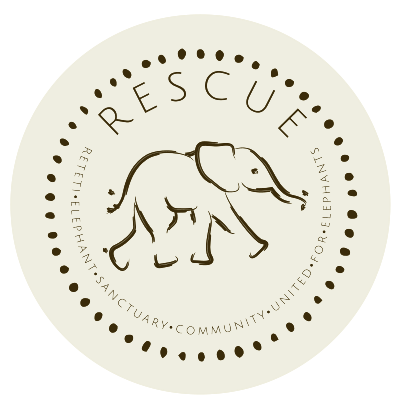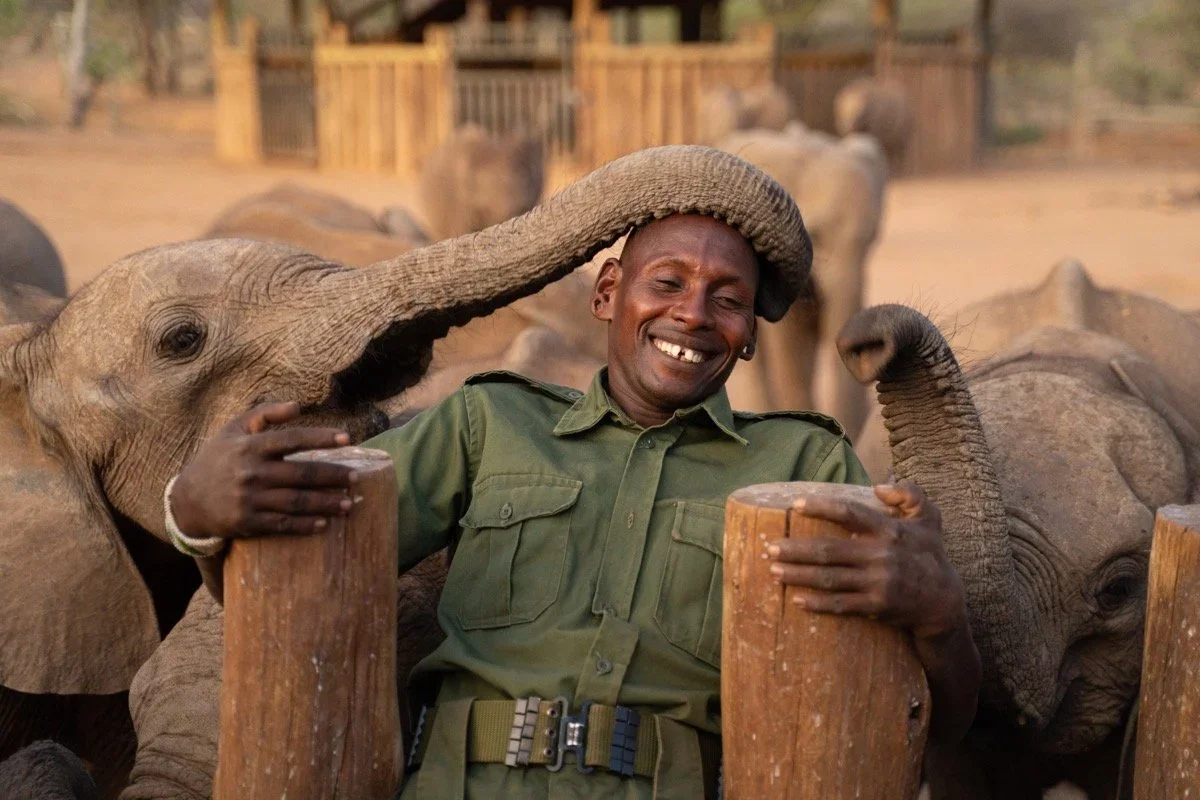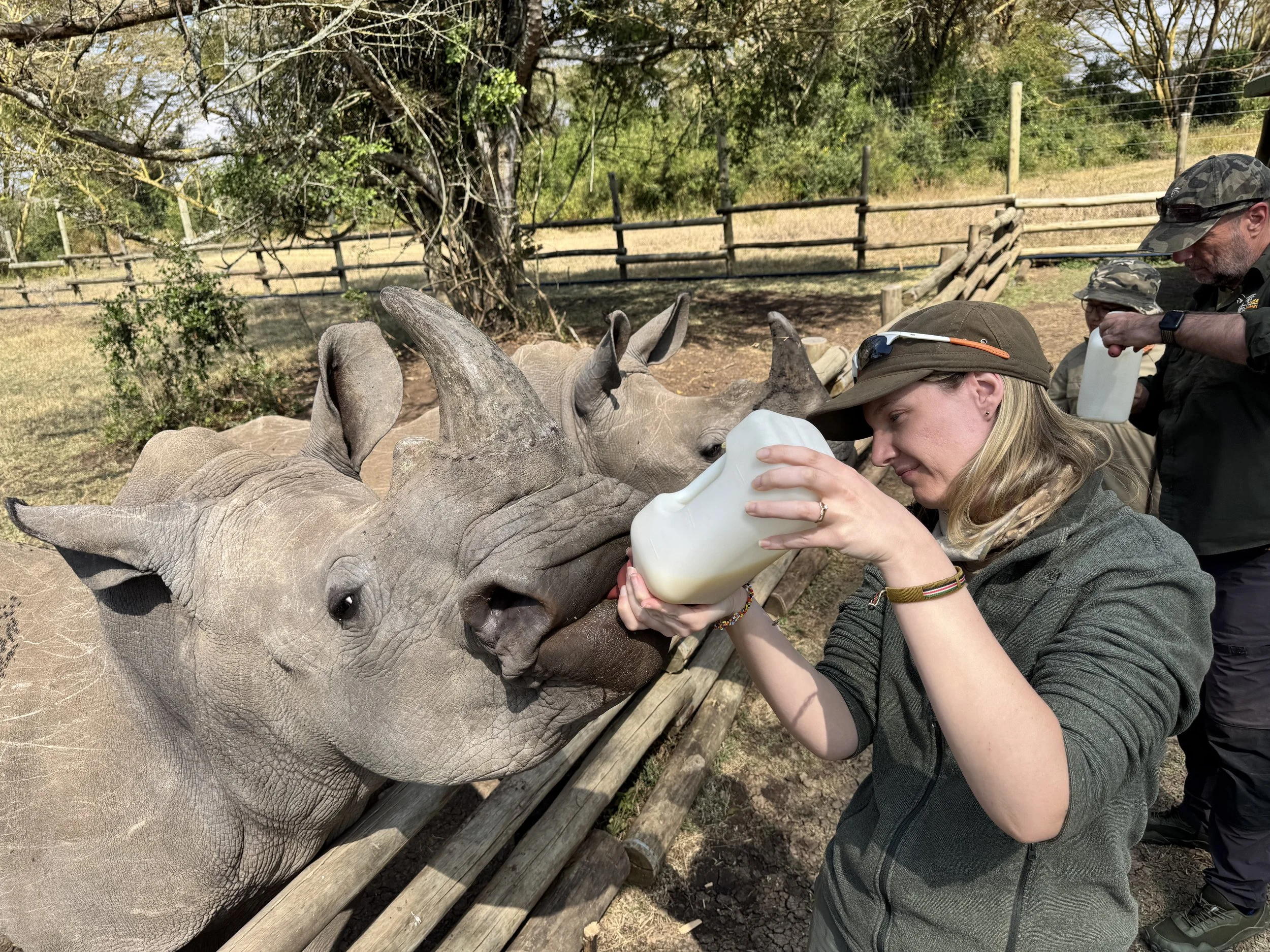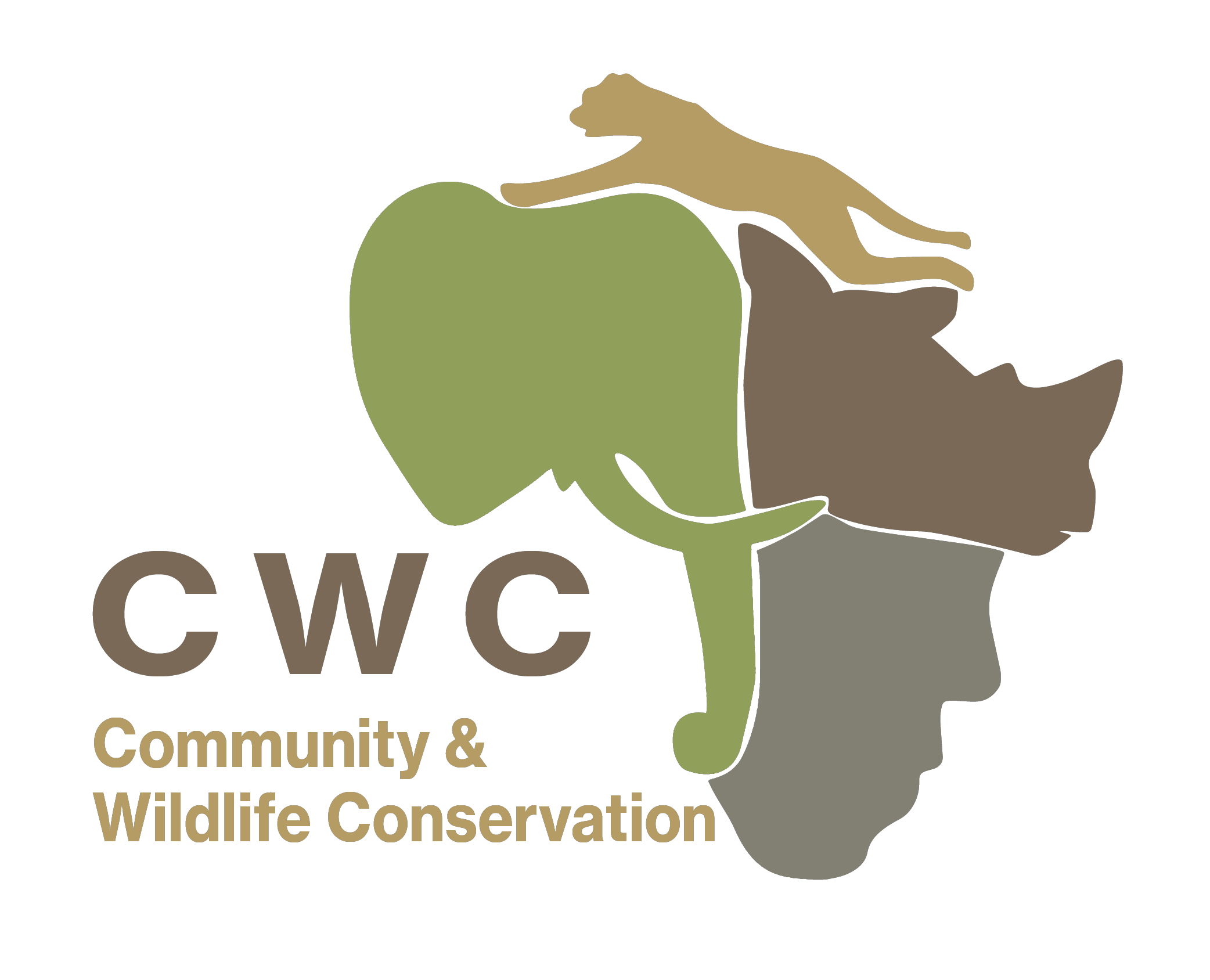
Sustainable community tourism
Why Sustainable tourism is important
It is very important to us that all tourism is sustainable and benefits the local communities on which it depends. We all realise that by travelling to these destinations we have an impact on the planet, therefore it is our responsibility to do what we can to mitigate for this and to make our travel experiences worthwhile. Many of the local economies that we visit depend on tourism, without it the communities would suffer and so might conservation too of the wildlife that we are visiting. It is a proven fact that wildlife tourism is a vital tool for animal conservation worldwide, but it must be undertaken hand in hand with sustainable community conservation as well. This means that the local communities and the wildlife that lives on their land must directly benefit from our tourism as well, not just the operators that provide the services on the ground locally.
Our Kenya safaris are dedicated to this and we only visit projects that are setup by the local community and which benefit the local community and its wildlife. Listed below you will see all the locations that we visit in Kenya and why they are important. At some locations in return for your financial support, and in addition to knowing what you have contributed to, you will get up close and personal to some very friendly animals in orphanages. It’s a perfect mix for both the conservation minded photographer and the animal hugger that is in all of us.
We are not the kind of tour operator that flies in clients with big lenses to blast away at wildlife then leaves the country without having any positive impact, we want all our clients to interact with local communities and to know how they make a difference to them, that is responsible tourism and we are proud to be a part of it with our partners Sunworld Safaris and CWC.
Finally we offset all of our client’s flight to Kenya by making an extra donation to all of these projects as well. Here’s some more details about each…..
Retiti Elephant Orphanage
This remarkable orphanage for elephants, giraffes and other wildlife now has a reach right across Kenya. They rescue, rehabilitate and release orphaned animals back into the wild and they involve the local Samburu community to do it. To feed the 58 current elephant residents, they empower local Samburo women to provide daily goats milk, for which they are paid fair money into their own bank accounts setup by the sanctuary. This is called the Milk Mamma program and it helped Samburu women gain a level of independence for themselves and their families. Better schooling for their children, better food and living conditions are all positive results.
The orphanage is based two hours north of Samburu and our clients visit one of the feeding sessions during the day. After an in-depth talk by a Samburu employee about their rescue & rehab programs, their residents and their community involvement, clients are taken to meet the young giraffes and may have the opportunity to bottle feed them. Then the orphaned elephants are brought down in groups to be bottle fed their milk by the community workers, which is an incredible experience to see up close and personal. It’s an amazing experience to visit the sanctuary, especially when one of the full sized giraffe ex-residents strolls right by you.
Everyone has found this an incredible moving experience, not just for the effect of the wildlife but for the knowledge that you are really helping empower Samburu women too and supporting this orphanage in their amazing work.
Solio Rhino Orphanage
The Solio Ranch has been one of the leaders in rhino conservation across Africa. Around 18 months ago they setup a rhino orphanage, to rescue, rehabilitate and release orphaned baby white rhinos from the ranch. It’s an amazing venture, with full time rhino carers and veterinarians on site to tend for the rhinos, and an education team to spread the word on their amazing work.
Our visit will be an exclusive one for our group, timed to be there when a feeding session takes place. We will start with an educational tour about their work, before introducing you to the youngest rhinos. You will have the chance to learn about them and then to take part in their bottle feeding. To get up close and personal to baby white rhinos, to hear them, to gently touch their skin and feel their breath is just magical.
The visit lasts around an hour and what you do depends entirely on the rhinos. We greatly enjoyed our visit though, nit only getting close to rhinos but orphaned zebras too. We also had the chance to talk to the vet and the head guide at length about rhino care and their plans for future releases. It was a great time and seeing what our donation was used for was really great.
Ol Pejeta Northern White Rhino Project
The Ol Pejeta Conservancy, like Solio Ranch, has become the centre of rhino conservation for Kenya. We visit the conservancy to game drive for the wild rhino population plus other great wildlife, but there is one conservation project there that we actively visit and that is the Northern White Rhino Project.
There are only two Northern white rhinos left in the world, only two. It’s a very sobering thought but luckily there is a science based artificial insemination project using frozen sperm and embryo’s to try to save them. So, after an educational talk from a ranger about the project and what stage it’s at, we are able to enter the enclosure in our vehicles and meet these last two remaining rhinos up close and personal.
It’s a really emotional tour as you are literally seeing the last two animals left alive of their sub-species. Very few of us have even done that and it’s a great feeling to know that our fees for doing this are being used for this project. It’s especially sobering when you visit the rhino graveyard at Ol Pejeta to see the effect of poaching just a handful of years ago.
CWC - Community & Wildlife Conservation
Community & Wildlife Conservation is committed to uplifting local communities and protecting Kenya’s wildlife. Founded by Sunworld Safaris in 2020, they provide food and education support, create jobs for local guides, combat poaching, and promote sustainable tourism.
They support school children through academic bursaries, e-learning platforms like the KICD (Kenya Education Cloud), and access to reading books to enhance learning opportunities. Additionally, they provide food donations to struggling communities affected by the loss of income from conservancies, parks, and reserves. To further uplift these communities, they distribute sanitary pads to girls in need and organize medical camps to ensure access to essential healthcare services. Sunworld Safaris, in conjunction with CWC, creates employment opportunities for local tour guides, ensuring that tourism fosters conservation and uplifts communities by providing sustainable economic opportunities.
Anti-Poaching & Bush Meat Trade Prevention initiative addresses the rising threat of illegal wildlife trade caused by economic hardships and reduced tourism revenue. With many Game Reserves, Parks, and Conservancies struggling to sustain full surveillance teams, there is an increased risk of poaching and bush meat trade as local communities face food insecurity and financial strain. To combat this, they work closely with Game Rangers to enhance security, strengthen anti-poaching patrols, and educate local communities on the dangers and long-term consequences of wildlife exploitation. Through these efforts, they aim to protect Kenya’s precious wildlife while promoting sustainable alternatives for community livelihoods.
We witnessed first hand CWC success’s as we met one of the bursary recipients who was now in employment with Sunworld Safaris and saw the arrest of a bushmeat trader by the anti-poaching team. We support the CWC via our carbon offset flight donation.













